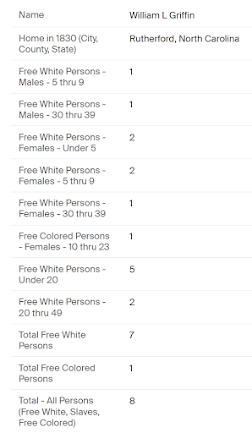Citizenship After the Civil War
When the Civil War ended, most ordinary Confederates were not permanently barred from regaining U.S. citizenship. During the Confederacy, the concept of "denaturalization," or the process of revoking a person’s citizenship, did not exist in a formalized way as it does today.
However, the secession of Southern states and the establishment of the Confederate States of America created a unique situation regarding citizenship and loyalty, which raised questions about the legal status of individuals in the Confederacy. The term “denaturalization” raises an important question.
Strictly speaking, denaturalization is the legal process of revoking the citizenship of naturalized immigrants. Naturalized immigrants are those who gained citizenship through legal procedures, not by birth. Since nearly all Confederates were U.S.-born, they were not technically denaturalized. Instead, the secession crisis created a legal gray area: the Confederate States treated them as Confederate citizens, while the Union viewed them as U.S. citizens in rebellion. Their loyalty and rights were suspended rather than formally revoked.
Finding Ancestors in Amnesty and Oath Records

After the Civil War, Confederates regained U.S. citizenship through several overlapping legal and political measures. Here are the four ways:
- Oath of Allegiance: Most ordinary soldiers and citizens simply swore loyalty to the United States to be readmitted. This was the most common route back into the Union.
- Amnesty: Presidents Abraham Lincoln and Andrew Johnson issued amnesty proclamations. These blanket acts forgave groups of former Confederates, though Johnson’s versions often excluded high-ranking officials, wealthy planters, and officers until they applied individually.
- Pardons: For those excluded from general amnesty, Johnson offered personal pardons. Confederate leaders or men of wealth had to petition him directly, often writing letters of contrition and requesting forgiveness.
- Congressional Acts: Later legislation, including the Fourteenth Amendment and subsequent laws, clarified or restored political rights, though lingering restrictions meant not all citizenship rights were immediately equal.
Together, these steps meant that while ordinary Confederates rejoined the Union quickly, elite leaders often navigated a more complex path of petitions, oaths, and presidential discretion.high-ranking political and military leaders, however, faced stricter terms. President Andrew Johnson’s amnesty proclamations (1865–1867) opened the door for many former Confederates, and Congress’s Amnesty Act of 1872 restored citizenship rights to the majority.
Where Are the Records?
Oaths of Allegiance – available at the National Archives, state archives, and some county courthouses.
Presidential Pardon Applications – case files (NARA, RG 94) from individuals excluded from general amnesty.
Southern Claims Commission Records – proof of loyalty claims from Southerners seeking compensation (Ancestry/Fold3).
State Archives – collections of postwar oaths and pardon lists, especially in former Confederate states.
Military Service and Parole Records – Confederate service files and parole records at surrender sites often include signed oaths.
Denaturalization Under the Law
Though the Confederates were not legally denaturalized, the practice has existed in U.S. law at other times. In the early 20th century, denaturalization became a tool of the federal government, particularly during the Red Scare and World War II. Naturalized citizens accused of disloyalty, communism, or subversion risked losing their citizenship. Cases appeared even in the 1940s. One example was reported in the Press of Atlantic City. These proceedings took place in September 1942.
 |
| Press of Atlantic City, Atlantic City, New Jersey, Sep 9, 1942 |



































.png)



















.png)